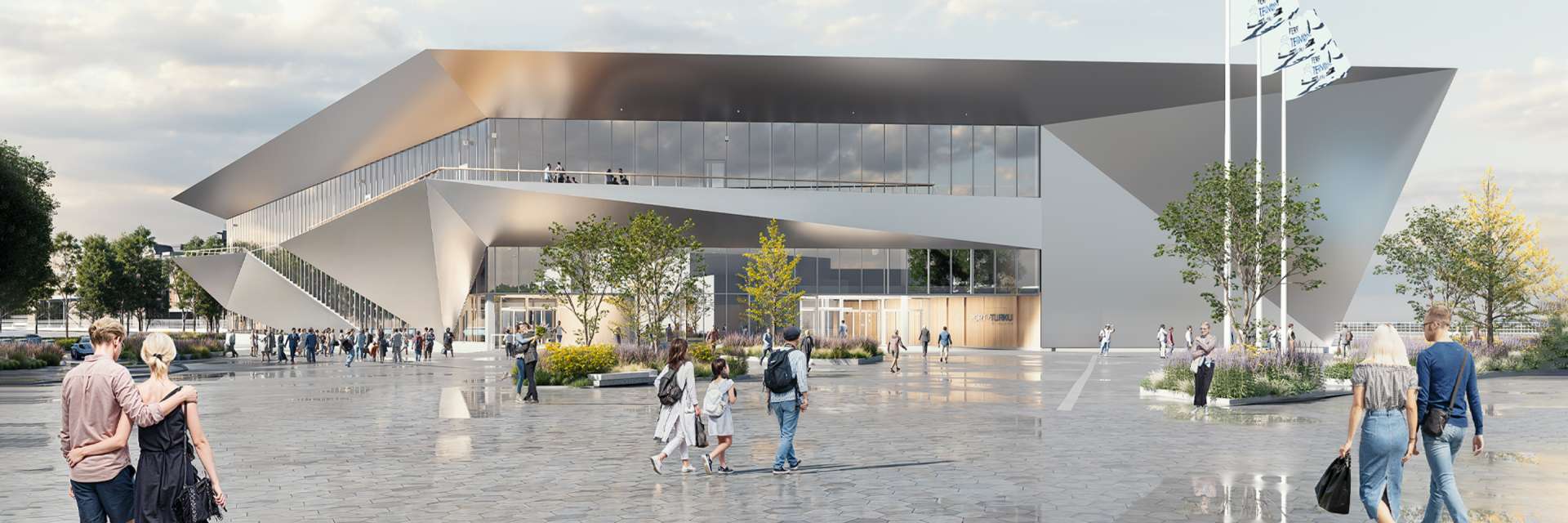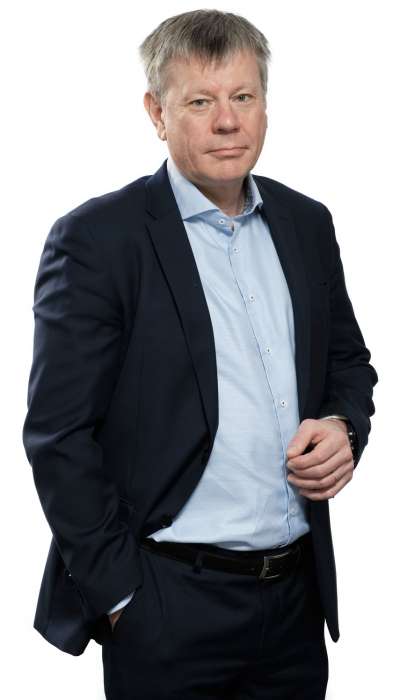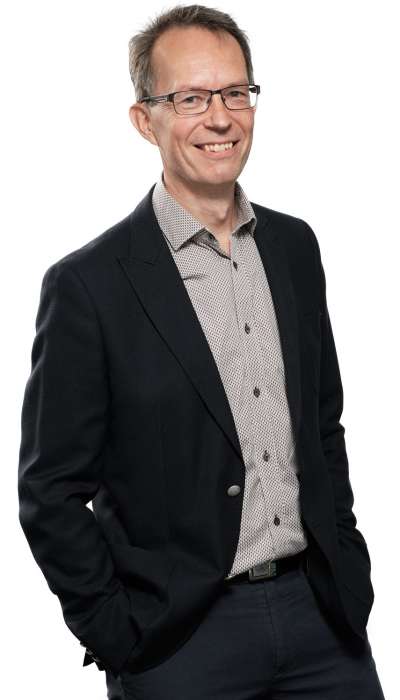Erik Söderholm
Managing Director

Built from steel, glass and aluminium, the terminal is an impressive gateway to the most beautiful city in Finland. It is the first stop on the way to attractions, experiences and adventures, which include the nearby Turku Castle.
The terminal also sets the mood for travel for those departing from Turku and provides a smooth transition from land to sea and westward.
The modern joint terminal serves all passenger ships regularly stopping in Turku. The terminal is designed to provide comfortable and safe customer and transit facilities for ship passengers, as well as common waiting spaces and ticket sale areas for shipping companies. The shared facilities bring synergy benefits to the shipping companies and can be flexibly adapted to future needs as well.
The new terminal building will also make better use of technology and digitalisation for the purpose of identifying passengers and ensuring the safe transfer of luggage and cargo. The goal is to provide a smooth journey and pleasant travel experience from the moment the passengers step into the terminal.
The terminal was designed by PES-Architects Ltd, whose ORIGAMI plan won the international architectural competition organised by the Port of Turku Ltd. The terminal is being built by Skanska Talonrakennus Oy.
The three-storey building covers more than 10,000 gross square metres of usage space for passengers, Port of Turku and shipping company personnel, as well as technical and auxiliary facilities. The terminal’s architecture is based on oblique triangular surfaces, and its glass and aluminium facades are highly diverse.
The terminal is partly located in the passenger harbour area. The objective for the building is to receive three stars in the environmental classification of Rakennustieto, which indicates a good level of environmental quality.
531
pile points in terminal foundations
23 km
piles in terminal foundations
1 480 m³
concrete in terminal foundations
1 million kg
steel for the frame
Construction of the ORIGAMI terminal began in January 2025. The work will take about two years and the terminal is expected to be completed in early 2027.
| STAGE | SCHEDULE |
|---|---|
| Construction period | 2024–2026 |
| Implementation of the terminal | 2027 |
| STAGE | SCHEDULE |
|---|---|
| Special design competition | 3/2022 |
| Selection of special designers | 9/2022 |
| Start of planning | 10/2022 |
| Plan final | 16.12.2023 |
| Building permit | 10.10.2024 |
The Port of Turku was organizing a two-stage architectural competition to select the main and architectural designer for the new passenger terminal.
The purpose of the competition was to replace the existing terminal buildings of Viking Line and Tallink Silja with a new joint terminal and to design a high-quality terminal building with excellent functionality. The aim of the Ferry Terminal Turku project is to achieve cost benefits and operational efficiency in vessel traffic with the latest solutions.
The winner of the architectural competition organised for selecting the principal and architectural designer for the Port of Turku’s new passenger terminal is the proposal named ORIGAMI. All proposals were handled anonymously during the competition, and the winning proposal was designed by PES-Architects Ltd.
The jury thought that ORIGAMI matched best the goals set for the terminal. The exceptional and expressive architecture of ORIGAMI pleased the jury. People often go on a cruise to take a break from the daily grind, and the appearance of the terminal building sets the passengers in the right mood for a sea voyage. The proposal has flamboyance and movement. The architecture is based on oblique triangular surfaces; play with steel, glass and aluminium. The shape has maritime symbolism associated with the skin of salmon and steel ship, although ORIGAMI as a name refers to a different world, but the metaphor of a Japanese paper sculpture is charming.
Read more about the course of the competition and the reviews of the competition entries >>
The implementation of the FTT project requires collaboration with many different parties. The project has a large employment impact throughout the Turku economic area.
Skanska Talonrakennus Oy
Are Oy
PES-Architects Ltd
Rejlers Finland Oy
Maanpää GEO Oy
A-Insinöörit Suunnittelu Oy (ex. Palotekninen Insinööritoimisto Markku Kauriala Oy)

